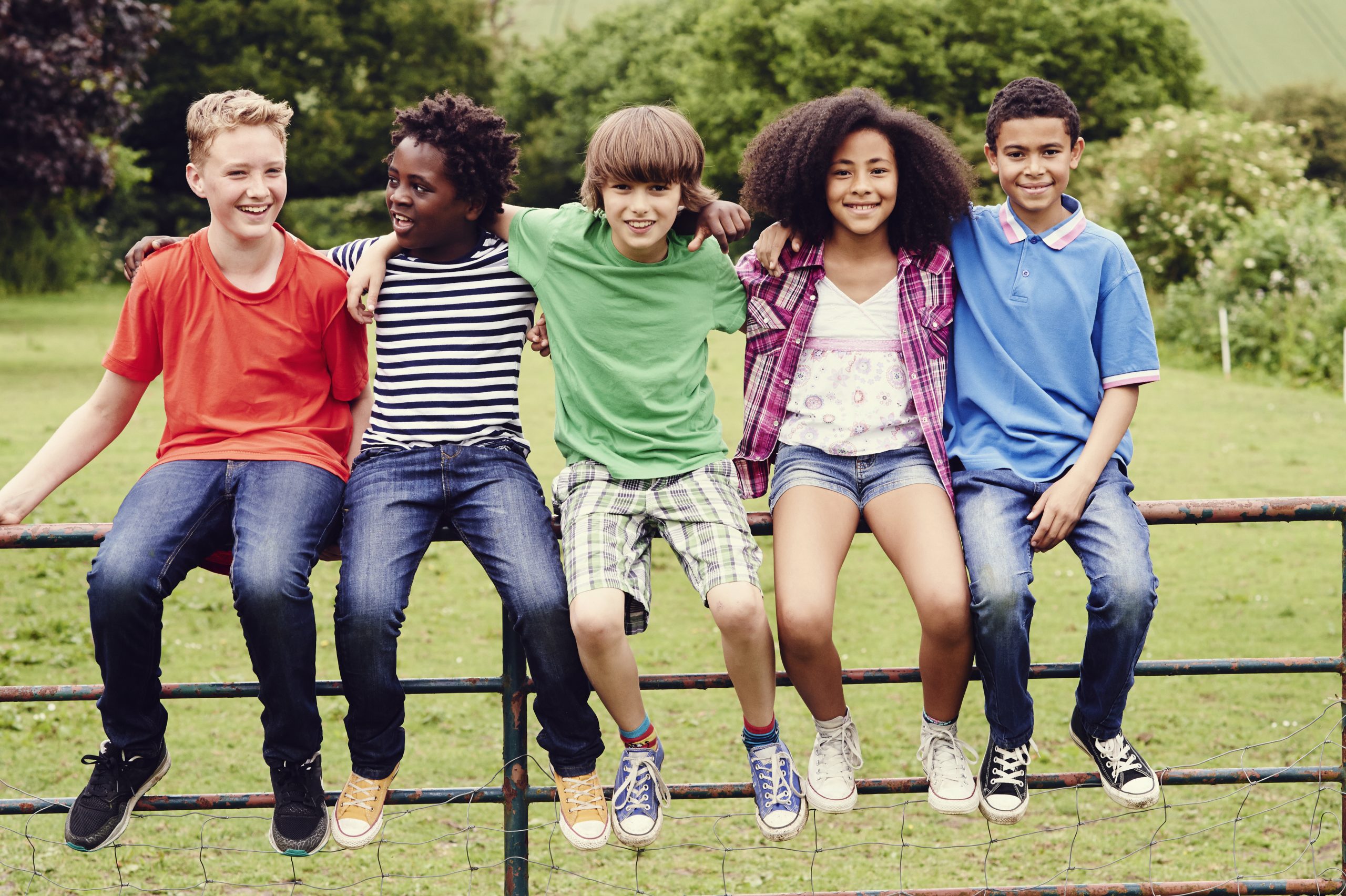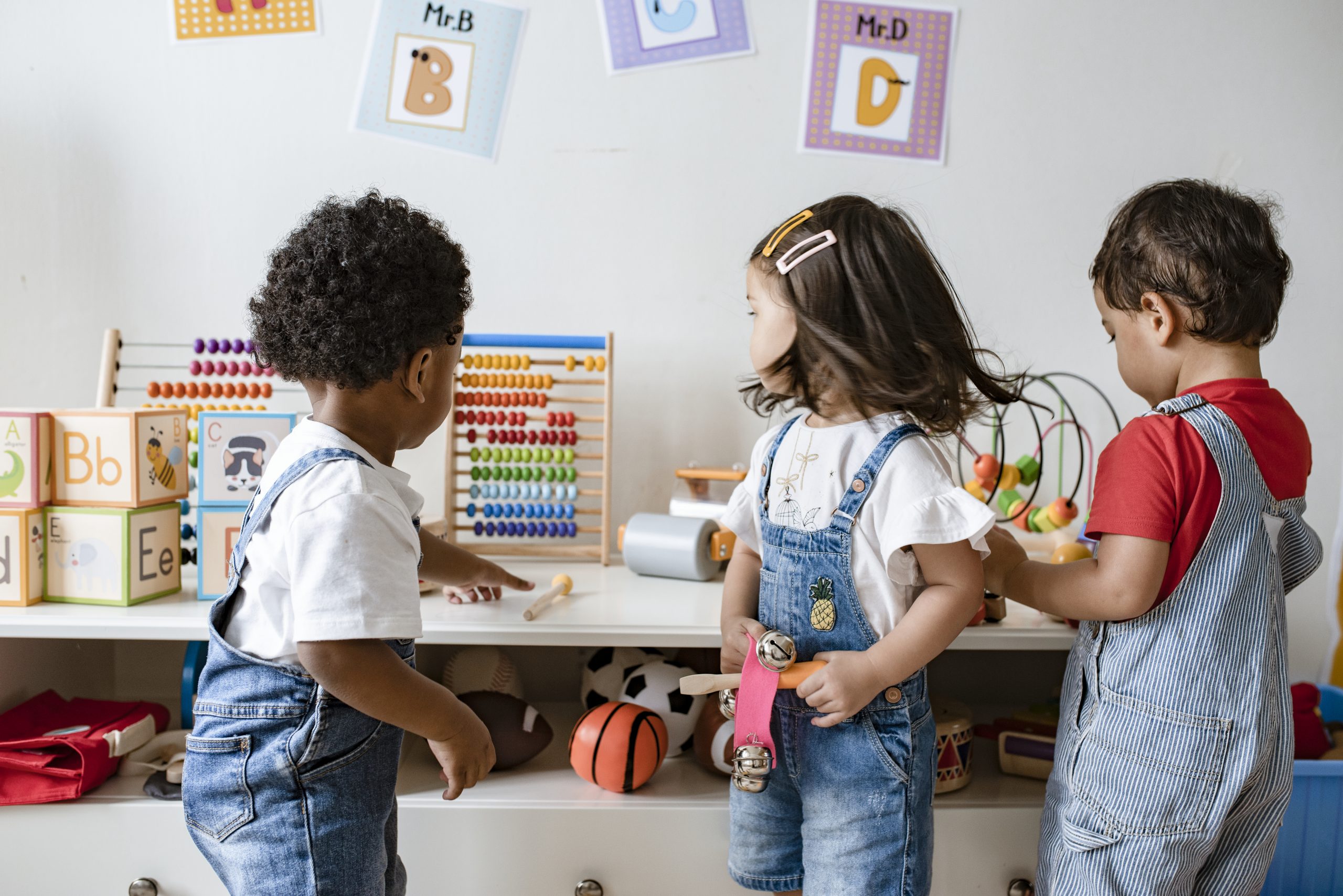Not all families are the same; why learning about diversity is vital for children

From the LGBT+ community, to single-parents and foster families, it's vital children understand all of the diverse groups that exist in society.
Raising children to be kind and to respect each other as individuals, regardless of difference, is one of the key foundations of early education. Do this and you will not only boost a child’s self-esteem and sense of belonging, you’ll also break down limiting stereotypes and aspirations.
Conversely, if a child feels they don’t belong or even that they’re unsafe, it can affect their ability to thrive and, in the longer-term, result in serious issues such as poor mental health.
Teaching children about diversity in schools
Because of the reasons listed above, new regulations for teaching about inclusive relationships in schools across England are being introduced this September. Now children will be able to learn about family relationships and set-ups that may better reflect their own – whether that’s a single-parent or foster family, or one with two mums or two dads.
Ruth of Wilkes, Federation Principal of Castle Newnham school, Bedford, explains: ‘Families come in different shapes and sizes. Teaching diversity is about respecting the whole of our community – whatever their home and family circumstances – so they feel accepted and valued.’
Some schools have already put inclusivity at the heart of teaching. At Glencoats Primary in Renfrewshire, pupil leaders can become part of the Rainbow Squad, helping to implement the school’s LGBT Charter - for instance by ordering LGBT books for the classroom. ‘For example, a book like Olly Pike's Kenny Lives With Erica and Martina is a great way to introduce diversity into the classroom,’ says Glencoats head teacher Michelle Watson.
The school is welcoming LGBT visitors, including MP Mairi Black, to celebrate LGBT History Month, an event that extends beyond the school gates to local libraries and the police station. Michelle says: ‘Our local community have been brilliant at getting behind our journey and every single person has really embraced the message that everyone is welcome here.’
Parenting advice, hot topics, best buys and family finance tips delivered straight to your inbox.
Teaching about diversity brings educational benefits, too. Exposing children to ‘difference’ brings new ideas and challenges, which in turn improve critical thinking and problem solving. Plus, further down the line, employers value skills learned by pupils who are used to navigating a diverse society.
How can you help your child understand diversity?

Picture books
Using picture books is an easy way to introduce diversity to young ones, and can also be invaluable in reinforcing identity and belonging. Teacher Farrah Serroukh, from the Centre for Literacy in Primary Education, explains: ‘To find a fragment of yourself in the pages of a book is a profound and powerful experience. It holds a mirror up to your existence and reassuringly suggests that you are not alone.’
Books such as Kenny Lives With Erica and Martina help to counter prejudice with a story line that celebrates difference, rather than fearing it. This is a message that can literally save lives, as a report by the charity Stonewall finds that young LGBT+ people are at greater risk of self-harm.
If you want to get more inclusive books into your school’s library, visit Olly Pike’s website, where you can donate picture books on a variety of diversity themes, to local schools for as little as £10.
Parents can help their children understand and be aware of diversity in several ways, from reading inclusive books together to talking about how prejudicial language can be hurtful and damaging to other children. For children’s books that reflect the world around us, visit booktrust.org or letterboxlibrary.com.
Challenge stereotypes and discuss role models
If you have sporty children, look for positive gender role models and challenge stereotypes. Check out the Premier League Primary Stars website, which has wealth of resources on its Roar! For diversity page, including films of professional footballers and cricketers explaining how diversity benefits their teams.
Positive picture books
These books are all engaging reads and feature characters who happen to be different:
https://www.youtube.com/watch?v=QU6uFPbWGZw
Kenny Lives With Erica and Martina by Olly Pike – a young boy finds that embracing change can make the world a more colourful place. Author Olly Pike is on a mission to get a copy of Kenny Lives With Erica and Martina into every school in the UK by September 2020. Watch his video above, to find out more.
Julian is a Mermaid by Jessica Love - a warm-hearted story about a boy who loves dressing up.
Amazing by Steve Antony – a celebration of friendship between a boy (who happens to use a wheelchair) and his dragon.
Me and My Sister by Rosie Robbins – a sweet story about siblings who are differently abled.
‘Sulwe’: Lupita Nyong’o and Vashti Harrison – a book about self-esteem and how beauty comes from within.